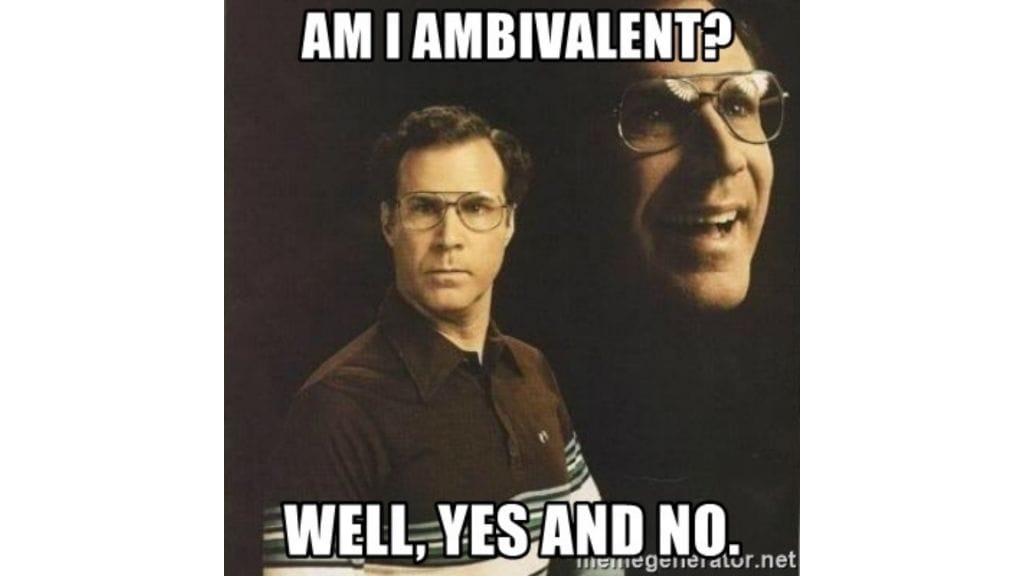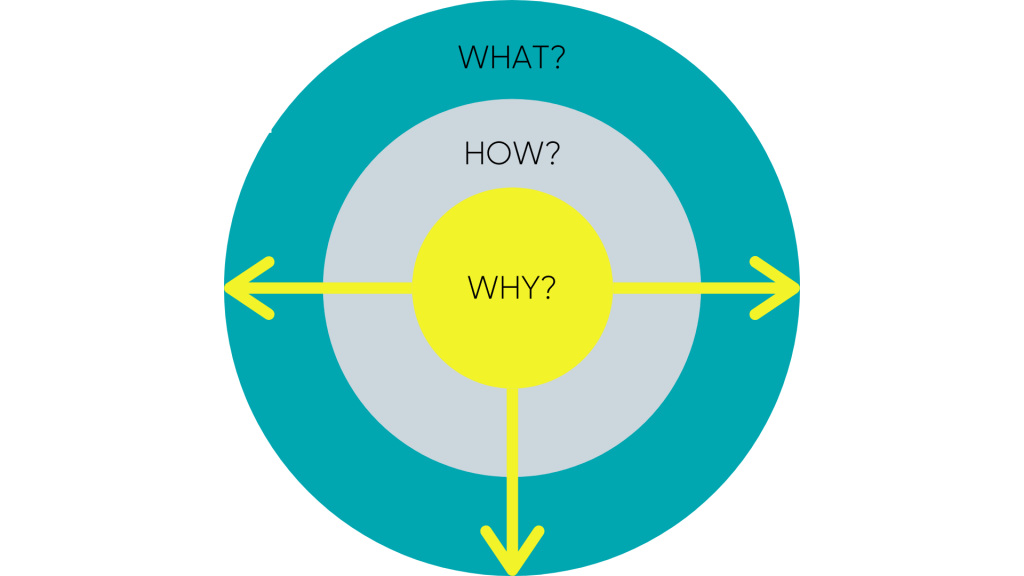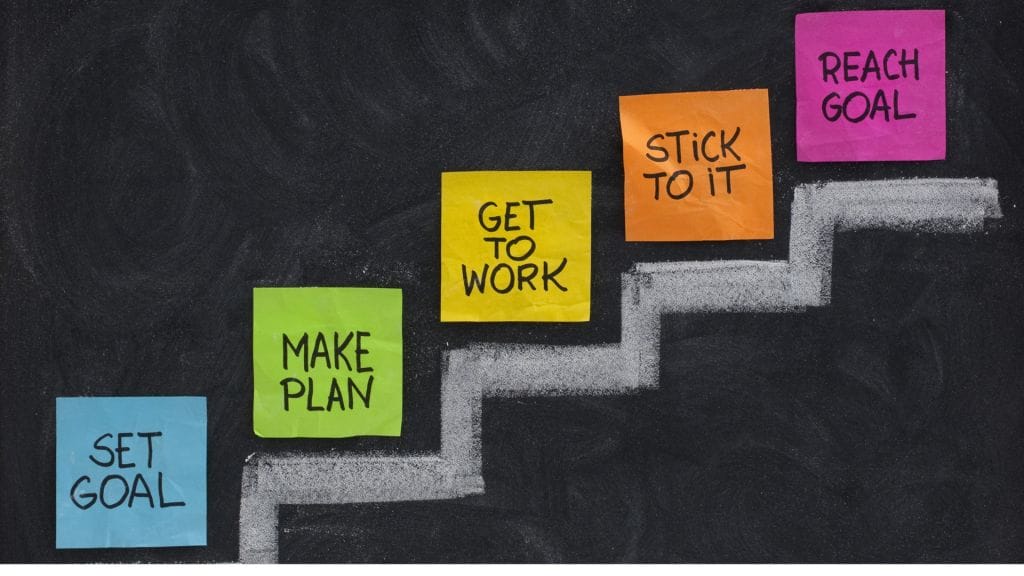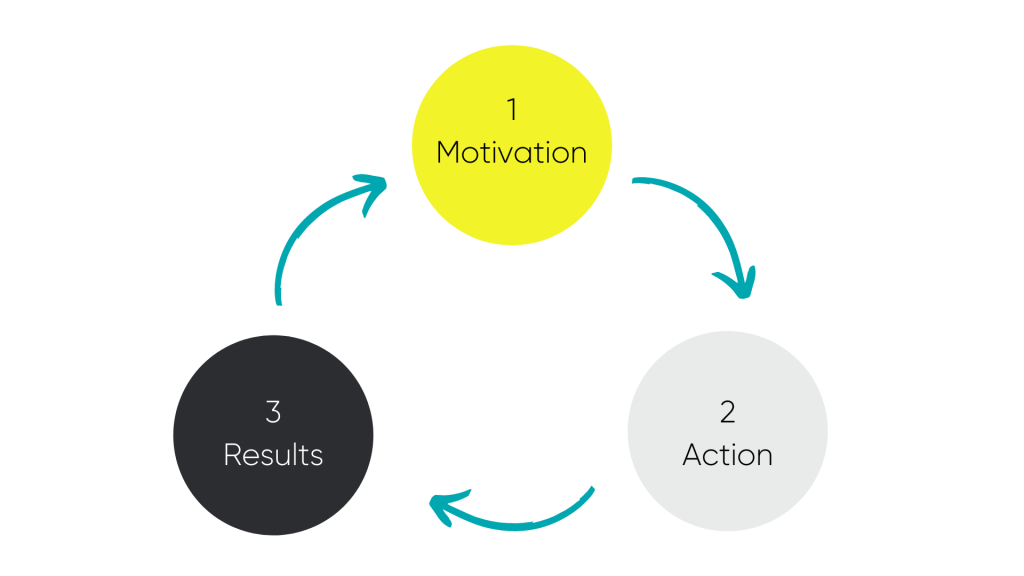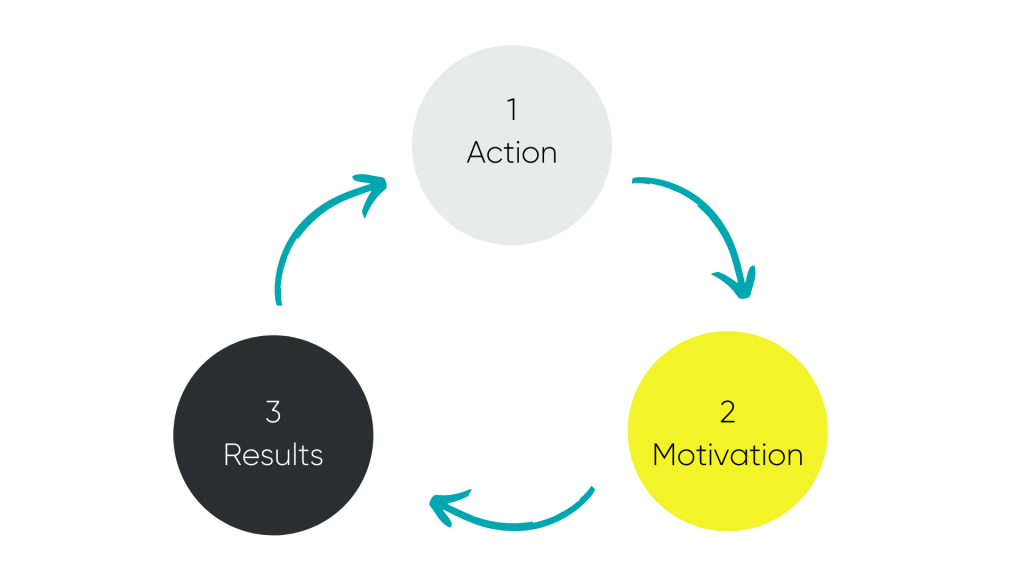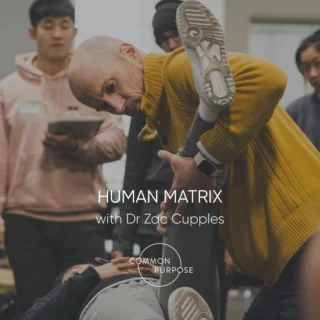Approximately 7 Minutes Reading Time
Brief Article Overview
-
The motivation for exercise is fleeting at the best of times, let alone during a year of such stress and uncertainty.
-
It’s easy to regress into a sedentary state when working from home, without the opportunity to go to gyms and leisure centres. However, the longer we stay in a sedentary state, the harder it is to get the ball rolling again.
- Ambivalence is where contradictory and conflicting thoughts about starting to exercise can get us stuck in a rut. By making these ambivalent “thought loops” explicit, we can break them and re-organise our priorities.
- Find your deeper why. Why exactly do you want to start exercising? The answer has to be personal to you and represent your deeply held values. Your “why” will enable your “what” and “how”.
- Using both the carrot (moving towards the desirable) and the stick (moving away from the undesirable) in unison can create a potent force for change and action.
- Make your goal and the plan to achieve this goal clear and obvious.
- Identifying your goal and creating a plan should give you the impetus to act, no matter how unmotivated you feel at the time. Once you act, motivation will build and results will come.
- Action precedes motivation. Once actions produce results, motivation builds as a result of a positive feedback loop.
- Enjoy the process!
Introduction
As Personal Trainers, a large part of our job is to a) provide our clients with extrinsic motivation and b) nurture our client’s intrinsic motivation for exercise. This is easier said than done, motivation for exercise is an elusive beast at the best of times, let alone amid a global pandemic that has resulted in a government lockdown and the closure of gyms and leisure centres across the country.
As a small business ourselves, who relied heavily on close, personal interactions and gyms being open, it feels as if we’ve not only had to pivot in this climate but perform acrobatics just to keep moving forward. During such times of stress and uncertainty, we’ve experienced times in which the motivation for health and fitness practices have reached an all-time low (for both ourselves and clients). We’ve had to strip it back to basics and re-build our motivation from the ground up.
So, what do we do when our motivation batteries are running low? When the internal fire is dwindling and we need to get things going again? Well, it takes a bit of introspective thinking and a solid plan of action, which we’d like to share with you today.
 Tiago
Tiago


